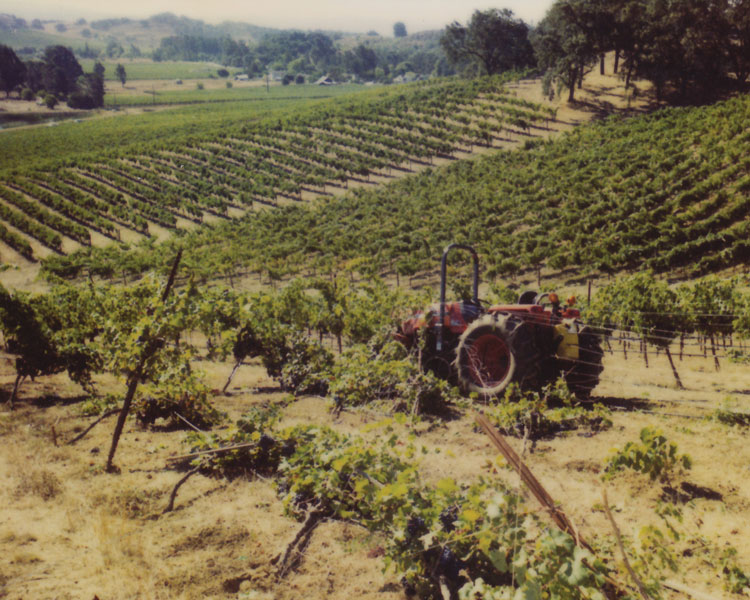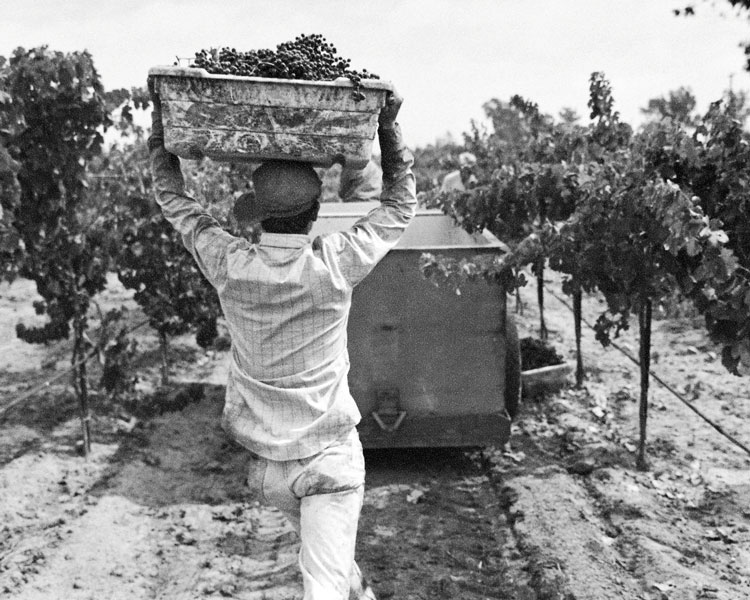Harvest Moon
No, those orbs aren’t cocktail olives on the Blanc label… rather they’re an illustrative representation of the phases of the moon. The moon has a mysterious effect on the natural world, with a more profound effect on farming than most realize. Of course we all know it is responsible for tides but something called geotropism – how plants respond to gravity – is a life force that is ignored by most. Geotropism impacts the water uptake of seeds, the direction of leaves, the growth of stem and roots in the correct direction (even in total darkness) and how sap flows. Knowing how the moon impacts farming can determine the timing of planting, pruning and harvest.
Growing fine wine is all about the natural world and how these “life-forces” interface with farming. Humans have a tendency to dominate nature, ignoring and interrupting natural cycles, making plants dependent on human input. This practice results in a more generic tasting crop. If you strike a deal with nature and work with its natural rhythms instead, you can produce a crop with distinctive flavor and structure. Our goal is to work with nature to grow and craft the most elegant, tasty wines we can produce.
Natural rhythms are being interrupted as human interference creates erratic weather patterns like extreme heat and drought that confuse both plants and farmers. For us farmers, climate change is the number one issue we face today and it will have a profound impact on wine style and quality for decades to come. I have been accused of not staying in my lane and talking too much about politics instead of winemaking; however, if winemaking is about expressing natural rhythms, then climate change policy IS winemaking and we simply need more people to care so we can do our job bringing you pure, tasty and elegant wines.
Rob Sinskey




